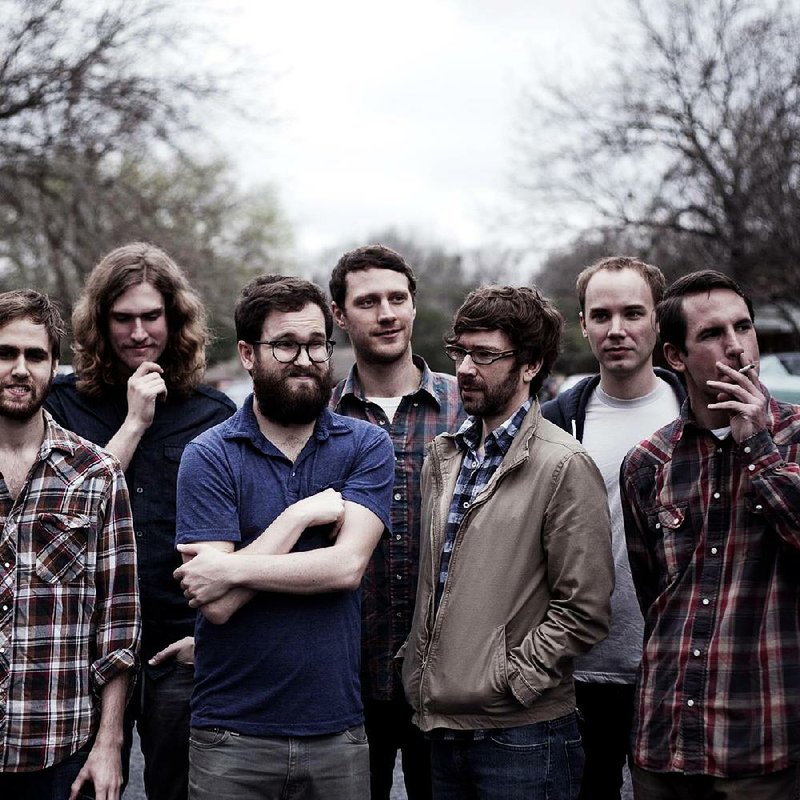GIGLIO, Italy — One year after the luxury liner Costa Concordia ran aground off the Tuscan coast, taking 32 lives, its wreck still lies there, a lumbering hulk of metal enclosed by floating salvage platforms, creating an incongruous industrial landscape amid the pristine waters of a marine sanctuary.
On Saturday, salvage companies announced at a news conference that the ship could be removed by the end of the summer, just a few months behind schedule. But they made it clear that setting an exact date would be “both misleading and unrealistic.”
“We are worried, of course, for the overlapping of the removal phases with what is our main economic activity,” said Sergio Ortelli, the mayor of the tourism-dependent island of Giglio, which attracts thousands of visitors to its uncontaminated beaches annually.
“We are thinking how to mitigate the effects of a working site this year, which has had an even larger impact than the wreckage itself.”
The island is preparing to commemorate the disaster today, the one-year anniversary of the wreck, with a Mass for families of victims and survivors. Officials planned to place a plaque on the rock struck by the ship and release 32 lanterns into the sky. The ship was carrying 4,229 passengers and crew members on a week-long Mediterranean cruise when it went aground, just as passengers were sitting down to a late dinner.
Life on the island, with a population of 1,500, has been defined by the wreck off its coastline and not just because of the 30 percent to 35 percent drop in tourism last summer, which many blame both on the Costa Concordia and on Italy’s economic crisis.
“I used to wake up in the morning and guess the winds from the way trees moved on those rocks,” said Giuseppina Ferraro, 66, whose apartment windows overlook the ship. “Now, at any time of day and night, all you see are drilling chimneys, barracks and that haunting wreck. We wake up with the noise of the energy generators and can even switch off the lights at night because you can see clearly, thanks to the lighting system of the platforms.”
The efforts of 430 professionals working around the clock to right the Costa Concordia have come up against the complex reality of what has been called the most challenging salvage operation ever performed, the granite rocks underneath the ship and rough seas.
Rescue teams have managed to stabilize the ship, which is anchored to underwater granite with four submarine anchor blocks and wires, each able to withstand a thousand-ton force. Twenty-five welders are working to reinforce the hull of the Concordia on the sea side, where the wires and hull projections used for stability and to pull up the vessel will be attached.
Salvage workers are drilling holes into the granite that will support six undersea platforms that should arrive in February. On the sea side, between the platforms and the rocks, salvagers will also place an artificial bottom made of 18,000- to 20,000-ton cement bags — about the size of threequarters of a football field — to create an even surface on the slanting sea bottom.
“In all honesty, when I saw the project, I didn’t have doubts about the fact that it could be delayed, I was sure about it,” said Emilio Campana, the director of the research institute for naval and maritime engineering at Italy’s National Research Council. “An operation of such a scale has never been done before, and they are trying to solve a never-tackled issue.”
The plan, designed by Titan Salvage, which is based in Florida, and Micoperi, an Italian underwater construction and offshore contractor, originally scheduled the installation of undersea platforms by November, with the wreck ready to be floated by this month. The floating was later postponed until May.
But many worry that the longer the plan is delayed, the riskier it is for the environment. Italy’s environment minister, Corrado Clini, wrote in a recent letter to the liner operator, Costa Cruises, that the delays were a serious concern.
“Our main worry relates to the hull’s condition and the safety measures needed to guarantee that the ship removal and the sheltering take place under safe conditions without generating further risks and emergencies,” Clini wrote.
Some environmentalists doubt that such a complicated project will actually work and argue that there is no contingency plan should the ship slip into deeper waters. And, as time elapses, concerns are growing about the possibility of fluid spills from the Concordia.
“They avoided the worst — the oil spill — but we are not safe at all yet,” said Sebastiano Venneri, who works on sea protection for the Italian environmental association Legambiente
Overall, the quality of the water around the half-submerged ship has not been significantly polluted, according to Tuscany’s Regional Agency for Environmental Protection, which is in charge of monitoring the site. A fluid spill from the ship’s engine room last month, and other small spills, are not of great concern, the agency said.
Investigators are expected to seek indictments of the ship’s captain, Francesco Schettino, and eight other crew members and Costa Cruises officials in February. Charges could include manslaughter, causing a shipwreck, abandoning ship before passengers were evacuated and causing environmental damage.
Kevin Rebello, 39, whose 33-year-old brother is one of the two victims whose bodies have not been found yet, came back to Giglio for the commemoration.
“I came because my brother is still here,” he said. “I look at the project website every day to see how it progresses. I know he is under the ship. When they remove it, I will finally have some closure with this.”
Front Section, Pages 7 on 01/13/2013

